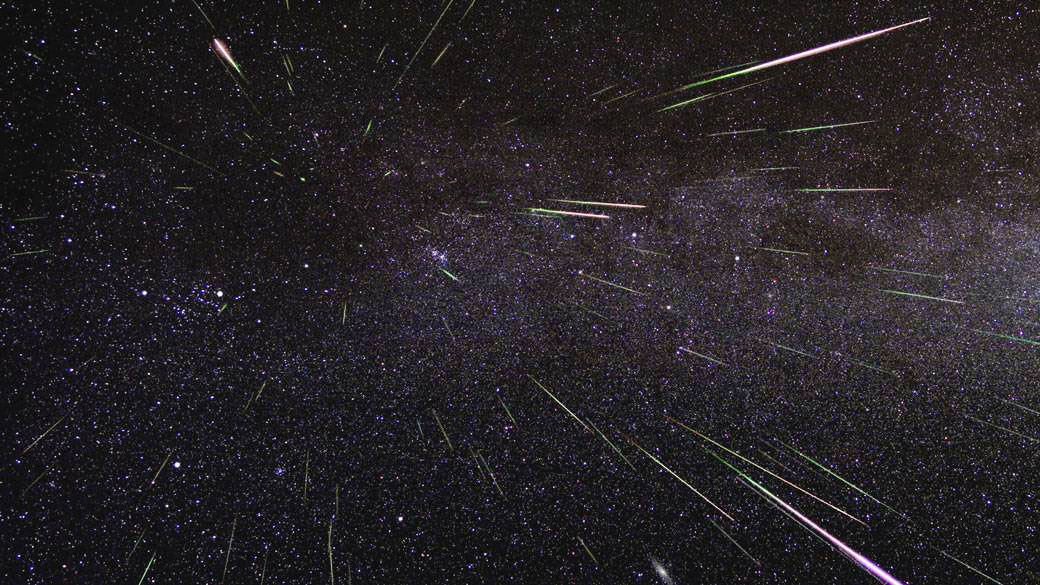If you were looking at the sky around 2 a.m. Tuesday, you may have caught a glimpse of the Perseid meteor shower.

If, like most people, you missed it, don’t worry — the Manitoba Museum’s Planetarium manager says you’ll still be able to see meteors for the next few days.
“It’s an annual event every year around August 12 or so,” the museum’s Scott Young told 680 CJOB.
“Basically the Earth goes through a big cloud of dust in space. You know the dust bunnies that sometimes hide under your couch? There’s things like that in space as well that are left behind by comets that go around the sun.”
Young said the earth hurtles through the “cosmic dust bunny” around the same time each year, and as the pieces of dust hit the Earth at 70-80 kilometres a second, they vaporize due to the heat.
“There’s no danger or anything like that, but it gives off so much energy that we can see it all the way down here on the ground,” said Young.
“And we call it a falling star or a shooting star… or a meteor.”
The Perseid shower, he said, is actually more of a meteor trickle, where you see a meteor every minute or so, and it’s particularly notable because the entire world has a decent view of it.
“It doesn’t require telescopes or any kind of special cameras or anything like that,” said Young.
“Really, the best accessory is one of those reclining lawn chairs.”
WATCH: Importance of finding water on Mars, according to U of M instructor








Comments